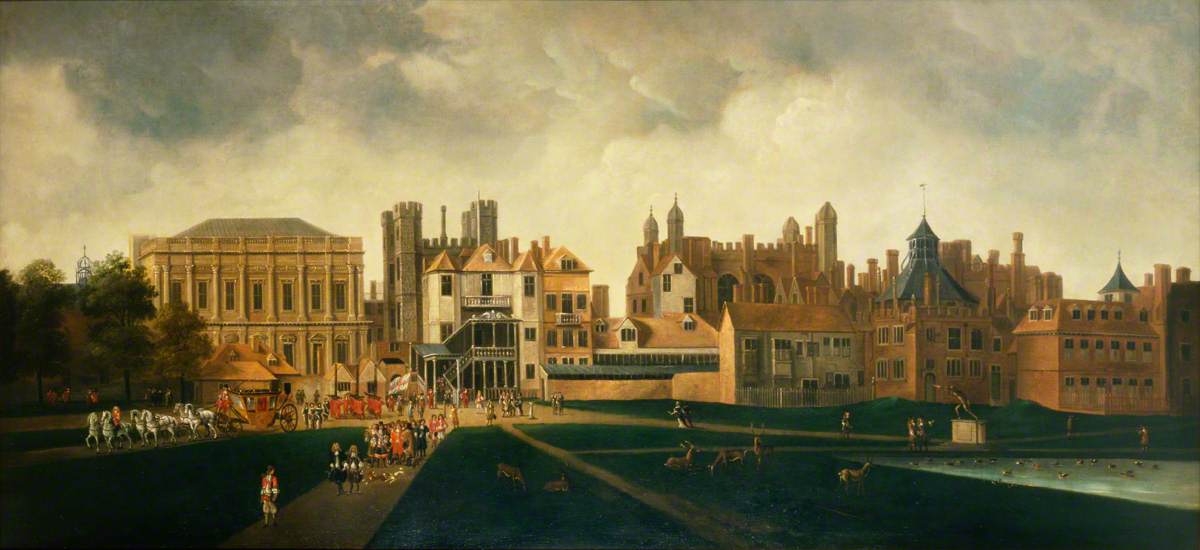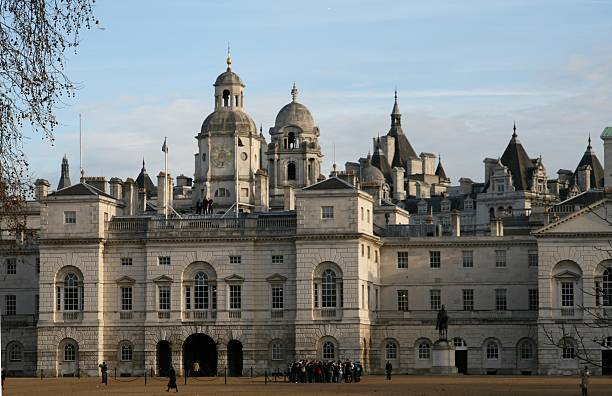Whitehall, a prestigious street in central London, holds a deep-rooted significance in British history, politics, and culture. Stretching from Trafalgar Square down to Parliament Square, Whitehall has been a focal point of power and governance for centuries. This iconic area is home to some of the UK’s most important government buildings, historical landmarks, and captivating attractions, making it a must-visit for tourists keen to explore London’s rich heritage.
Walking along Whitehall feels like stepping back in time, offering a blend of royal history, political drama, and architectural grandeur. Visitors can enjoy the imposing structure of the Banqueting House, which stands as the last remnant of the grand Palace of Whitehall. While this historical area is synonymous with the workings of the British government, it is also a site of profound cultural importance, hosting memorials, parks, and landmarks that bring both history and modern life together. Whether you’re a history enthusiast, a fan of architecture, or simply curious about London’s legacy, Whitehall promises an unforgettable experience.
Whitehall’s Royal and Political History
Whitehall’s rich history can be traced back to the reign of King Henry VIII, when the Palace of Whitehall stood as the main residence of English monarchs until its destruction by fire in 1698. Today, the only remaining structure from the palace is the Banqueting House, a masterpiece of Renaissance architecture. The Banqueting House is renowned for its ceiling, painted by the famous artist Peter Paul Rubens, which adds a sense of grandeur to its historical significance. Visitors can explore the building and learn about its role in royal history, including the execution of King Charles I, which took place just outside.
In addition to its royal past, Whitehall has long been a hub of British political life. It is home to several key government buildings, such as the Ministry of Defence, the Treasury, and the Cabinet Office. These institutions play vital roles in the operation of the UK’s government. Walking down Whitehall provides an immersive experience in British politics, offering a unique chance to view the heart of the country’s political machinery. Whitehall is not just a street; it is a symbol of the power that has shaped the modern UK.
Iconic Landmarks and Memorials Along Whitehall
One of the most famous landmarks in Whitehall is the Cenotaph, a war memorial erected to honor the fallen soldiers of World War I, and later expanded to commemorate those who died in subsequent conflicts. The Cenotaph is a central part of Remembrance Day services, and visitors can pay their respects to the men and women who sacrificed their lives in service to the country. This solemn monument stands as a reminder of the cost of war and is a significant part of Whitehall’s cultural and historical landscape.
Another must-see location on Whitehall is Horse Guards Parade, an area renowned for its ceremonial significance. Visitors can witness the Changing of the Guard ceremony, a time-honored tradition that takes place daily at Horse Guards. The spectacle, which involves mounted soldiers in traditional uniforms, offers a unique look into the pageantry and military traditions of the UK. The grandeur of the Horse Guards Parade adds another layer of British history, making it an essential stop for tourists looking to immerse themselves in the culture of the UK.
Architectural Marvels and St. James’s Park

Whitehall is also home to some of London’s most impressive architecture. The Banqueting House is an outstanding example of classical design, with its symmetrical façade and grand proportions. The building is a symbol of the UK’s royal heritage and architectural elegance, standing as a reminder of the country’s rich cultural past. As you walk further down Whitehall, the grandeur of buildings like the Old War Office and the Treasury Building offers more architectural wonder, showcasing the opulence of British governmental structures.
Adjacent to Whitehall is St. James’s Park, one of London’s oldest and most beloved green spaces. This park provides a peaceful escape from the bustle of the city, offering visitors a chance to relax by the lake, enjoy a picnic, or take a leisurely stroll through the manicured gardens. The park is also home to a variety of wildlife, including a famous pelican population that has become a charming feature of the area. The lush greenery of St. James’s Park adds a touch of natural beauty to the urban landscape, making it the perfect place to unwind while exploring Whitehall.
Whitehall’s Influence in Popular Culture
Whitehall has left an indelible mark on British popular culture. Although not directly related to the area, comedian Jack Whitehall’s name has become synonymous with British humor and television, adding a layer of modern relevance to the traditional atmosphere of the area. Jack Whitehall’s successful career in TV and film often explores themes of British life, offering a modern, comedic perspective on the same traditions and institutions that make Whitehall such a fascinating area to explore.
Beyond comedy, Whitehall has also been depicted in numerous films, documentaries, and television series, often serving as a symbol of British politics and governance. The street’s iconic landmarks, such as the Cenotaph and the Ministry of Defence, frequently appear in films that focus on British history or political drama. These portrayals in the media have helped to elevate Whitehall’s status as a symbol of power, authority, and historical significance.
Practical Tips for Visiting Whitehall
Whitehall’s central location in Westminster makes it easily accessible to tourists. Visitors can reach the area by taking the Underground to either Westminster or Charing Cross stations, both of which are just a short walk from the street. With its proximity to other major London landmarks such as Trafalgar Square, the Houses of Parliament, and Buckingham Palace, Whitehall is an ideal spot for tourists looking to explore the heart of the city.
For those looking to grab a bite to eat while in the area, Whitehall offers several options, including cafes, pubs, and restaurants. One popular spot is Lowes Whitehall, known for its inviting atmosphere and delicious food, making it a great place to relax after a day of sightseeing. Whether you’re looking for a quick snack or a full meal, Whitehall’s dining options cater to a variety of tastes and preferences.
Why Whitehall Should Be Part of Your London Itinerary
Whitehall should be at the top of any London itinerary due to its unparalleled combination of historical, political, and architectural significance. From the royal history of the Palace of Whitehall to the key government buildings that line the street today, Whitehall offers an immersive experience in British heritage. Visitors will be captivated by the stories of power, politics, and culture that are intertwined in every corner of this iconic area.
Whether you’re interested in exploring the architecture, learning about British politics, or simply soaking in the beauty of the area, Whitehall offers something for everyone. The combination of historic landmarks, memorials, and cultural institutions makes it one of the most important and fascinating areas in London. Don’t miss the opportunity to experience the heart of British power and history on your next visit to the capital.
FAQs
- What is Whitehall known for in London?
Whitehall is known for its historical significance, being the location of key government buildings, war memorials, and the iconic Banqueting House. It’s a symbol of British political life. - What are some famous landmarks in Whitehall?
Famous landmarks include the Cenotaph, the Banqueting House, Horse Guards Parade, and the Ministry of Defence. These sites are essential for understanding British history and politics. - How do I get to Whitehall from Trafalgar Square?
Whitehall is just a short walk from Trafalgar Square. You can also take the Underground from Charing Cross or Westminster stations. - Can I visit Downing Street?
While Downing Street is not open to the public, visitors can view the entrance and learn about its importance as the Prime Minister’s residence. - What events take place in Whitehall?
Whitehall is home to the Remembrance Day service at the Cenotaph and the Changing of the Guard at Horse Guards Parade. - Is Whitehall safe for tourists?
Yes, Whitehall is a safe area for tourists, though it’s always wise to stay alert in busy urban locations. - What is the best time to visit Whitehall?
The best time to visit Whitehall is during the spring or autumn months when the weather is mild, making it ideal for sightseeing. - Are there any good places to eat near Whitehall?
Yes, there are several restaurants and cafes near Whitehall, including Lowes Whitehall, offering a range of dining options for visitors.
You may also read: The Warriors’ Struggles in Game 5: A Closer Look


